Deodar-- More on its remarkable tolerance
pinetree30
15 years ago
Related Stories
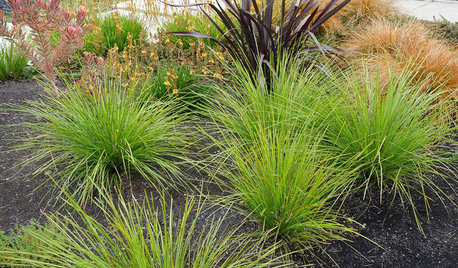
GRASSESVersatile Breeze Mat Rush Sails Into Drought-Tolerant Yards
Grassy Lomandra longifolia thrives year-round in shady and sunny gardens, in containers and in the ground
Full Story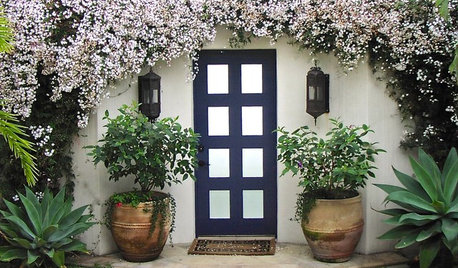
FEEL-GOOD HOMETap Into Your 5 Senses to Find More Peace at Home
Counteract screen overload and stress by rediscovering basic ways to enjoy life
Full Story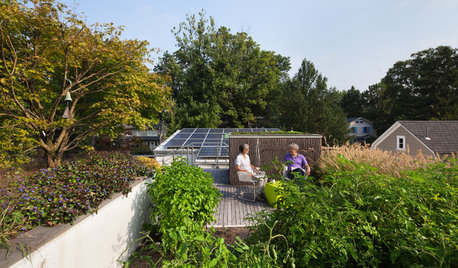
GREEN BUILDINGHouzz Tour: An Innovative Home Shows What It’s Made Of
Homeowners design their Washington, D.C., residence with sustainability in mind and to accommodate them as they get older
Full Story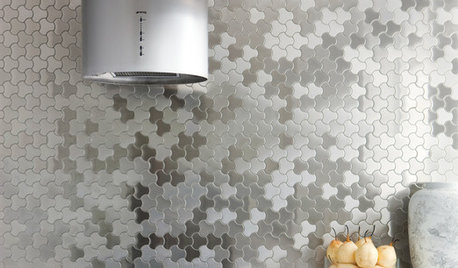
DECORATING GUIDESBling Where It’s Least Expected
Give your interior some sparkle and shine with metal tiles on a backsplash, shower or floor
Full Story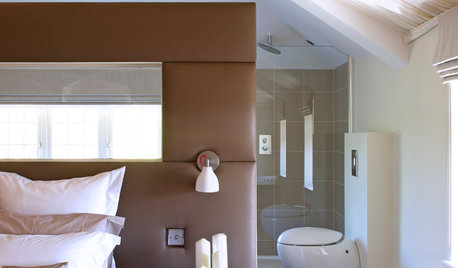
You Said It: Hot-Button Issues Fired Up the Comments This Week
Dust, window coverings, contemporary designs and more are inspiring lively conversations on Houzz
Full Story
HOUSEKEEPINGThree More Magic Words to Help the Housekeeping Get Done
As a follow-up to "How about now?" these three words can help you check more chores off your list
Full Story
EARTH DAY5 Ideas for a More Earth-Friendly Garden
Consider increasing the size of garden beds, filtering rainwater and using plants to reduce energy use
Full Story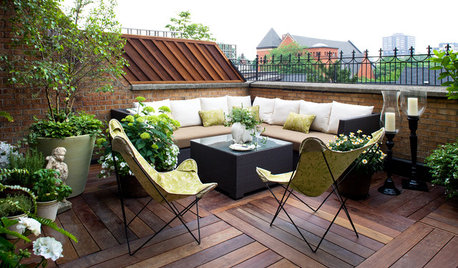
GARDENING AND LANDSCAPING10 Ways to Enjoy Your Outdoor Room More
Step up the comfiness and convenience of your porch, patio or yard to make time spent outdoors even better
Full Story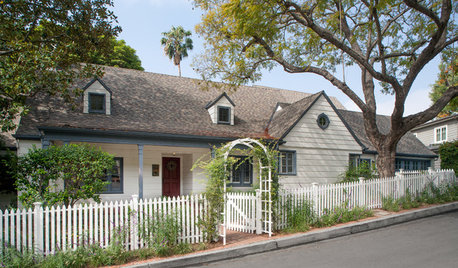
TRADITIONAL HOMESHouzz Tour: A Family-Friendly Home Keeps Its 1930s Charm
This updated Los Angeles home is full of cozy nooks and period details, giving it lots of vintage appeal
Full Story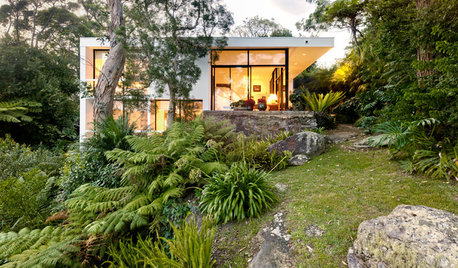
THE ART OF ARCHITECTUREHow to Make Your House Feel at Home Where It Is
Take cues from nature for placement, materials, shapes and patterns, for a house that sits well in its surroundings
Full StoryMore Discussions









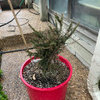
spruceman
kingn8
Related Professionals
Maple Valley Landscape Architects & Landscape Designers · Lakewood Landscape Architects & Landscape Designers · Jackson Landscape Contractors · Middletown Landscape Contractors · Edinburg Landscape Contractors · Edwardsville Landscape Contractors · Fort Worth Landscape Contractors · Huntington Landscape Contractors · McLean Landscape Contractors · Panama City Beach Landscape Contractors · University City Landscape Contractors · Wailuku Landscape Contractors · Washington Landscape Contractors · Wayland Landscape Contractors · Camp Springs Landscape Contractorsflattie
spruceman
barbaraincalif
mrgpag SW OH Z5/6
pineresin
spruceman
pinetree30Original Author
aquilachrysaetos
menno
al_maki
livingfossil
gardener365
toucanjoe
livingfossil
menno